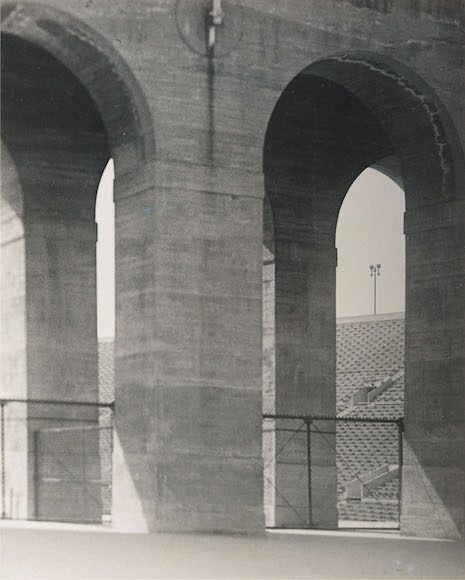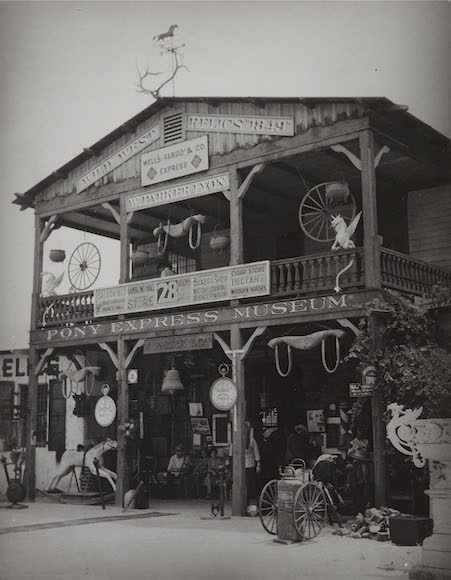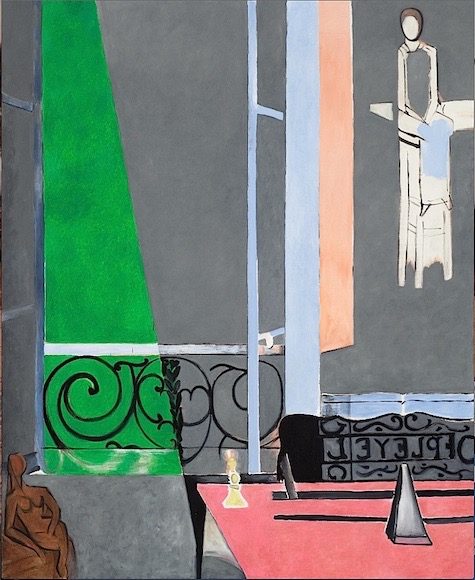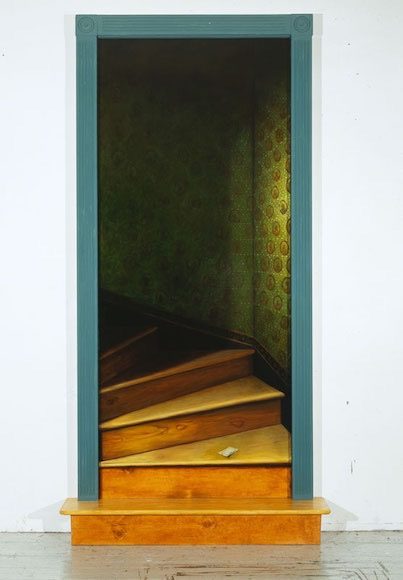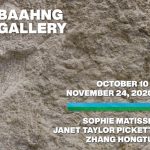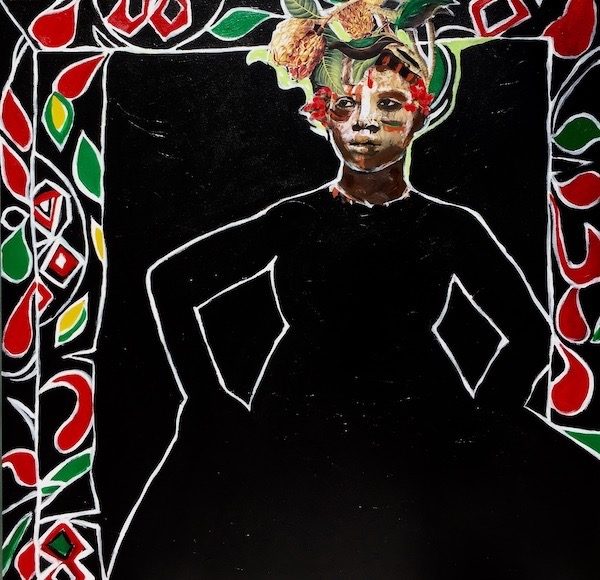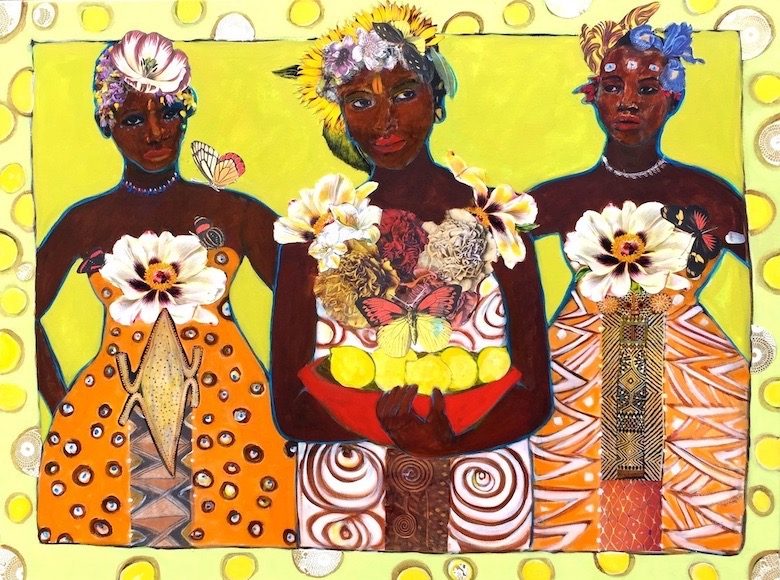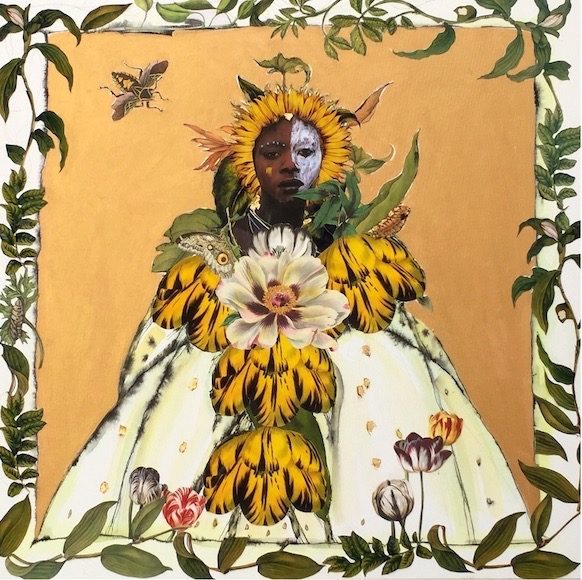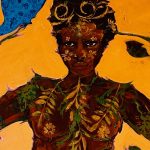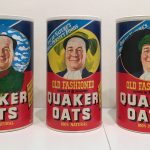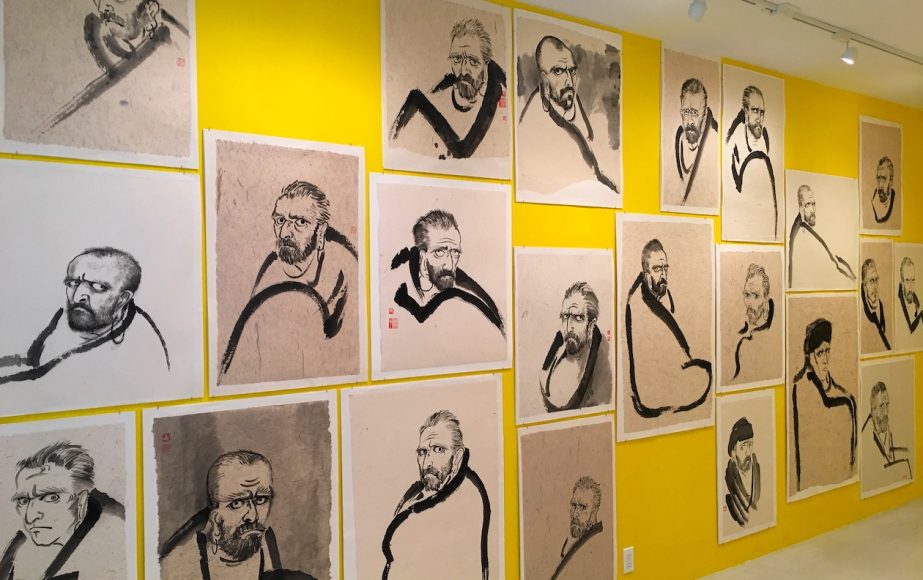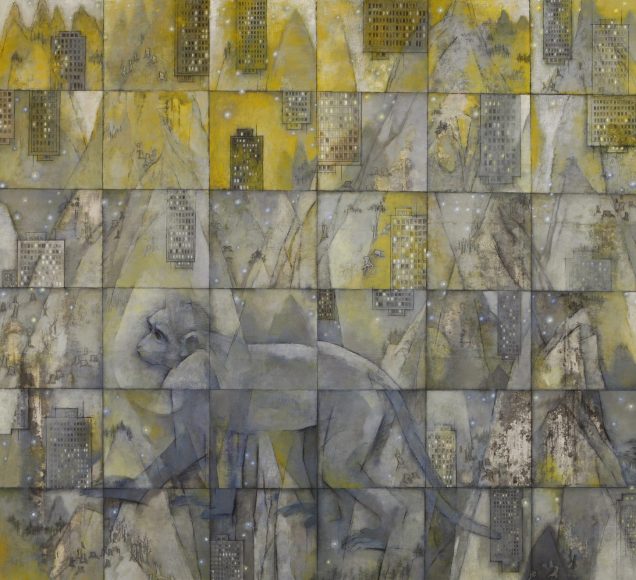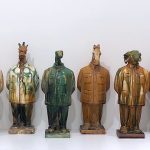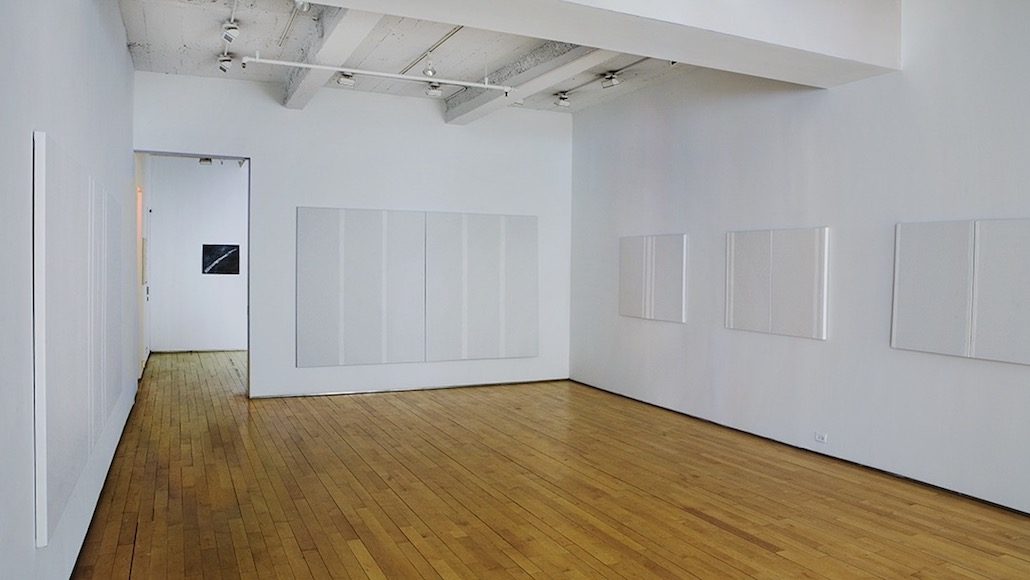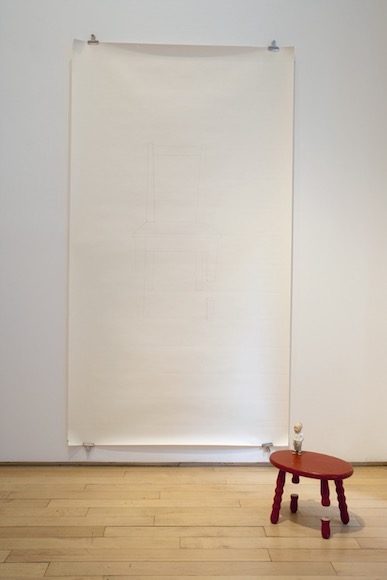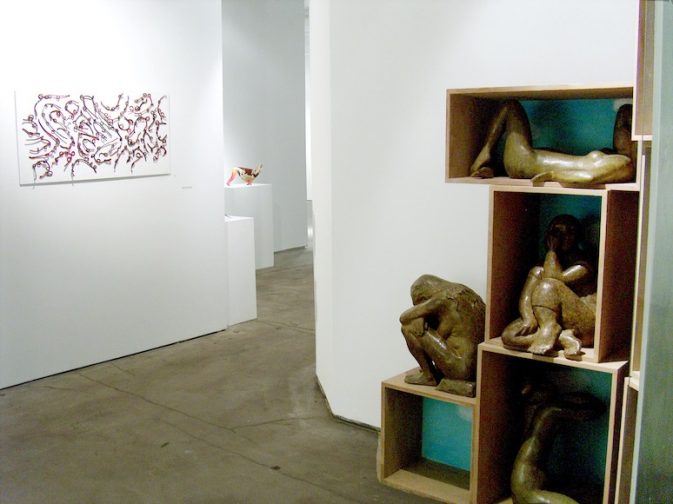NAOMI SAVAGE
![Naomi Savage, Artists All [Duchamp/Man Ray/David Savage]](https://www.baahng.com/imgs/elementor/thumbs/DuchampManRaySavage_Naomi_Savage_Baahng-oorc12ufh7tw80p3innmwaqwug1fbr80uhahqdvr40.jpg)
Artists All [Duchamp/Man Ray/David Savage], 1963
Photograph
8.5 x 8.75 in. (21.59 x 22.22 cm)
![Naomi Savage, Untitled [Versailles, sculpture viewed from below]](https://www.baahng.com/imgs/elementor/thumbs/Versailes_BW_Naomi_Savage_Baahng-oorc1jriw8h2100iruyx56h7jdq16b36wt18dd6o00.jpg)
Untitled [Versailles, sculpture viewed from below], ca., 1951
Photograph
10.37 x 10.37 in. (26.33 x 26.33 cm)

Strap on the Moon Shoe Apollo XI, 1969, 1979
Photoengraving on bronze plate
12.75 x 9 in. (32.38 x 22.86 cm)
![Naomi Savage, Homage to Man Ray [hand and lips]](https://www.baahng.com/imgs/elementor/thumbs/HomageManry_Glove_Naomi_Savage_Baahng-oorc16ls8jz1igjmwpa569sr7ziw6jmy6zwfnhq6f4.jpg)
Homage to Man Ray [hand and lips], 1978
Hand-colored photograph
12.75 x 8 in. (32.38 x 20.32 cm)
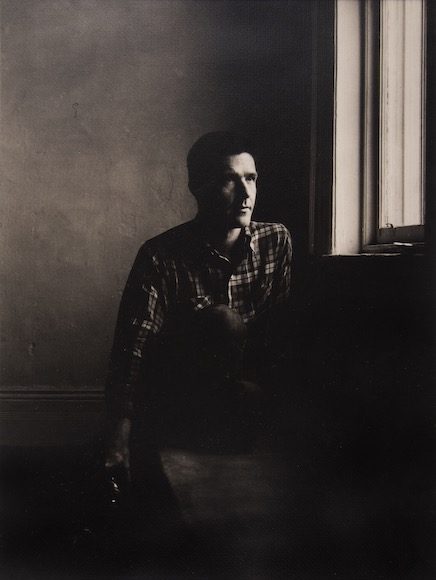
John Cage, 1949
Photograph
13 x 9.75 in. (33.02 x 24.76 cm)

Raising of the US Flag on the Moon, Apollo XI 1969, 1979
Photoengraving on bronze plate
9.75 x 12.75 in. (24.76 x 32.38 cm)
![Naomi Savage, Untitled [flowing abstraction]](https://www.baahng.com/imgs/elementor/thumbs/FloweringAbstraction_Naomi_Savage_Baahng-oorc14q3uvwgv8md7ogw1a9u17s5r5fhiqlgoxsyrk.jpg)
Untitled [flowing abstraction], n.d.
Photogram
13.75 x 11 in. (34.92 x 27.94 cm)
![Naomi Savage, Untitled [Man with black background]](https://www.baahng.com/imgs/elementor/thumbs/ManWBlackbackground_Naomi_Savage_Baahng-oorc1c8tdk6rg4bfzrpwl8disar3gq9c7rtcj5htds.jpg)
Untitled [Man with black background], n.d.
Metal engraving with black and white paint
12.25 x 8.75 in. (31.11 x 22.22 cm)
![Naomi Savage, Untitled [Versailles – solarized statue]](https://www.baahng.com/imgs/elementor/thumbs/Versailles_Naomi_Savage_Baahng-oorc1ml1gqkwztwfbe6sunrlbjc4teedx6zot72hhc.jpg)
Untitled [Versailles – solarized statue], n.d.
Photograph
13.75 x 10.75 in. (34.92 x 27.3 cm)
![Naomi Savage, Untitled [ice covered three limbs]](https://www.baahng.com/imgs/elementor/thumbs/iced_treeLimb_Naomi_Savage_Baahng-oot1i50wbvcd4w3psrj2xc96sa5917x4442haejzeo.jpg)
Untitled [ice covered three limbs], n.d.
Photograph mounted on board
9.37 x 9.62 in. (23.79 x 24.43 cm)
![Naomi Savage, Untitled [Multi colored gloves]](https://www.baahng.com/imgs/elementor/thumbs/MultiColoGloves_Naomi_Savage_Baahng-oot1i6wkpjexs40zhscc2bs3z1vzgm4ksddg8yh728.jpg)
Untitled [Multi colored gloves], 1993
Photograph with multi colored puffy paint
13.5 x 10.5 in. (34.29 x 26.67 cm)
![Naomi Savage, Untitled [Smiling Marcel Duchamp and Man Ray]](https://www.baahng.com/imgs/elementor/thumbs/smailing_Duchamp_ManRay_Naomi_Savage_Baahng-oot1ianxgvk32jvivtyucatycldgbeji4vze62bmdc.jpg)
Untitled [Smiling Marcel Duchamp and Man Ray], n.d.
Photograph
7.37 x 7.25 in. (18.71 x 18.41 cm)
![Naomi Savage, Untitled [abstract]](https://www.baahng.com/imgs/elementor/thumbs/Abstract_Naomi_Savage_Baahng-oot1i0bpdp5xiuajk7hy2vfvtcseyqegfgt1w0qy9s.jpg)
Untitled [abstract], ca. 1947
Photogram
6 x 6.5 in. (15.24 x 16.51 cm)
![Naomi Savage, Untitled [Marcel Duchamp and Man Ray]](https://www.baahng.com/imgs/elementor/thumbs/Duchamp_ManRay_Naomi_Savage_Baahng-oot1i27drd8i627t98b77uyt04j5e4lx3q40uko5xc.jpg)
Untitled [Marcel Duchamp and Man Ray], n.d.
Photograph
7.25 x 7.37 in. (18.41 x 18.71 cm)
Unexplored Limits
April – June, 2020
Naomi Savage was a highly innovative photographer, who regarded the darkroom as a laboratory where she could invent new and exciting techniques that began with photography but expanded the capability of the medium to new and previously unexplored limits. She was the niece of Man Ray and studied with him for a brief period in Hollywood, California. It was he who taught her that photography had no boundaries. “The darkroom,” he told her, “was a place to make fearless tries at whatever images came to mind.” She followed that advice throughout her career, being the first to display metal-plate photoengravings (customarily used as a means by which to make prints) as finished works of art, thereby causing the very medium of photography to be redefined. She first showed her work in the 1950s and 1960s in group exhibitions at the Museum of Modern Art in New York and was represented in the 1970s to mid-1980s by the prestigious gallery of Lee Witkin in New York City. Her work can be found in some of the most distinguished museums and art institutions in the United States: The Museum of Modern Art, New York, The Art Institute of Chicago, The Princeton University Art Museum, The Center for Creative Photography in Tucson, Arizona, etc. When digital photography emerged in the 1990s, Savage embraced it completely, considering it as a new and revolutionary means by which to engage in an even greater diversity of experimentation. The influence of Man Ray appears throughout her work, both formally, thematically and conceptually, as she fully embraced his position that art follows no rules and is without limitation, thereby, in the case of Naomi Savage, resulting in a range of work that stretched the limits of photography.
Due to the ongoing situation with COVID-19, Baahng Gallery is postponing upcoming exhibitions and programs. In the meantime, we will be providing series of online exhibitions and announcements. For information about the exhibitions or the works, please contact us at inquiries@baahng.com
Biography
Naomi Savage, photographer, born June 25, 1927 and died at her home in Princeton, New Jersey, on November 22, 2005. While still in high school, she took a class in photography at the New School for Social Research with Berenice Abbott. Some twenty years earlier, Abbott had studied photography in Paris with Man Ray, who was Naomi Savage’s uncle. In 1946, Savage enrolled in Bennington College, where she studied art and music, but before graduating, left to be an apprentice for Man Ray in Hollywood. He taught her that photography was above all a creative process, one of many tools that could be used for the purpose of visual expression. When she returned to New York in 1948, she combined her love of music with her skill in photography by taking portraits of the best known composers of day: Aaron Copland, John Cage, Virgil Thomson, etc. (over 30 in all). Throughout her career, she experimented with the medium of photography, continuously inventing new and highly original techniques. Perhaps her best known work is a series of metal photo engravings (1972) dominating the walls of the LBJ Library in Austin, Texas. In her later years, she became attracted to the enormous potential of digital imagery, experimenting with various methods to manipulate and enhance color, even using new and unconventional materials for laser printing. She exhibited widely, most recently at the Montclair Art Museum, and her photographs are included in major institutional collections throughout the United States……………..provided by Francis M. Naumann.
Francis M. Naumann is an art historian, who specializes in art of the Dada and Surrealist period. He has written extensively on the art of Marcel Duchamp and Man Ray. His New York Dada 1915-23 (1994) is considered the definitive history of the movement, and his “Making Mischief: Dada Invades New York” (1996) is the most comprehensive exhibition on the subject ever assembled. His doctoral dissertation was on Man Ray’s early years in New York, later published as Conversion to Modernism: The Early Work of Man Ray (2003). Throughout his years of his research on Man Ray, he met Naomi Savage and, over the years, they became good friends.
Related:
Categories: exhibitions
Tags: Naomi Savage



